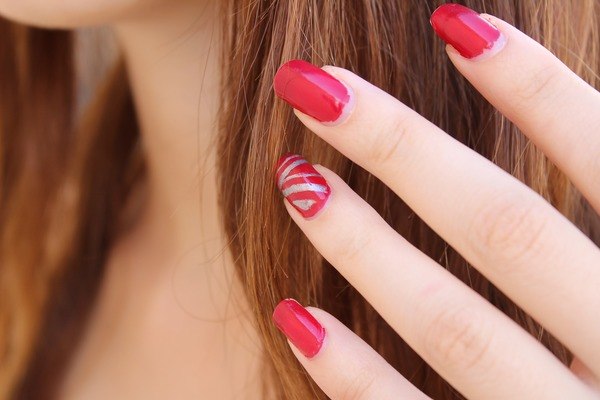
Did you know that fingernails can be a window into your health? Since they are constantly growing, they provide a history of nutrition, illnesses, injuries, and even hidden serious conditions.
Fingernails and toenails protect sensitive skin from damage as we use our hands and feet. Losing a nail let you know just how important nails are! Most people don’t spend a lot of time thinking about their fingernails, except to decorate them or if you hit one.
Take a hard look at your fingernails. If you see any of these conditions, you should visit with your doctor.
Noticing number 7 might save your life so run to your doctor if you see that scary color!
1. White or Pale Nails
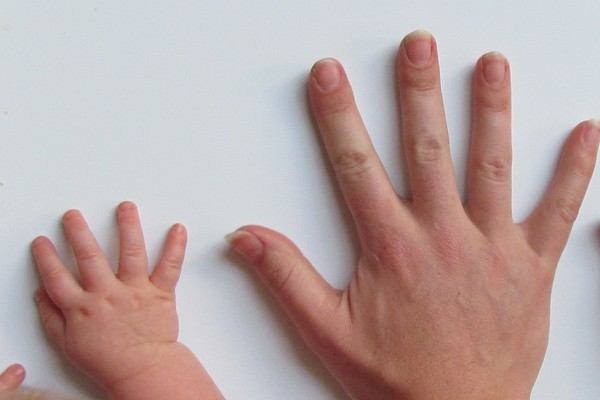
If your naked nails are an odd color, look more closely. Very pale nails can be a sign of malnutrition and anemia (not enough iron) or it could be liver disease or even congestive heart failure.
White nails with darker rims can mean liver disease. A pink band at the tips can mean anything from aging to liver, heart or kidney disease, or diabetes.
If your nails have changed colors or get colored spots (except when you’ve bruised them), talk to your doctor.
2. Blue or Yellow Nails
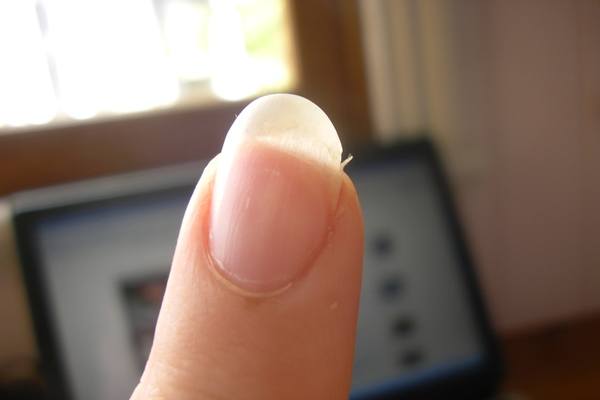
Bluish nails mean your body isn’t transporting oxygen very well. You could have a serious lung or heart condition. If you are having chest pains as well, call your doctor or 911.
Yellow nails most often have a fungal infection. Sometimes, yellow nails can be a sign of severe thyroid disease, lung disease including chronic bronchitis, diabetes, lymphedema, or psoriasis. In some cases, yellow nails can be a sign of jaundice, a dangerous liver condition. They also might be dry and brittle.
3. Rippled or Pitted Nails
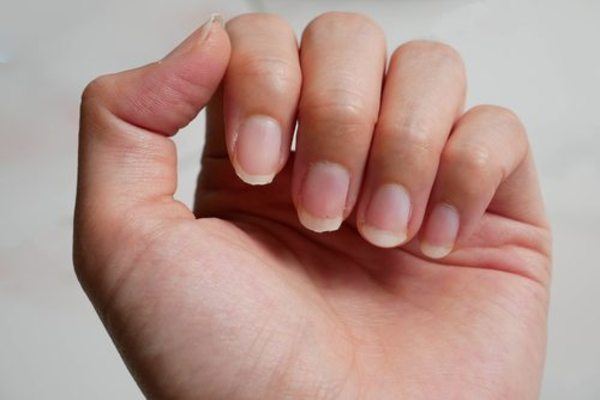
Nails that are rippled from side to side or pitted may indicate psoriasis or inflammatory arthritis. Sometimes the skin under the nails will be reddish-brown.
Pitted nails can indicate a connective tissue disorder like Reiter’s syndrome.
Ridges that run from side to side can result from a cuticle injury or serious illness with a high fever. It can also be a sign of uncontrolled diabetes, peripheral vascular disease, or a zinc deficiency. It’s worth a visit to your doctor!
4. Nail Clubbing

If you see nails gradually growing wider and curving around the end of the finger you may be looking a low blood oxygen and a sign of lung disease. Clubbing might also be a symptom of with inflammatory bowel disease, cardiovascular or liver disease, and AIDS.
Sometimes you’ll see pseudo-clubbing in people of African descent or it can be genetic. Clubbing on one hand only can be a sign of an aneurism. Since clubbing is associated with some serious conditions, have it checked out.
5. Spoon Nails
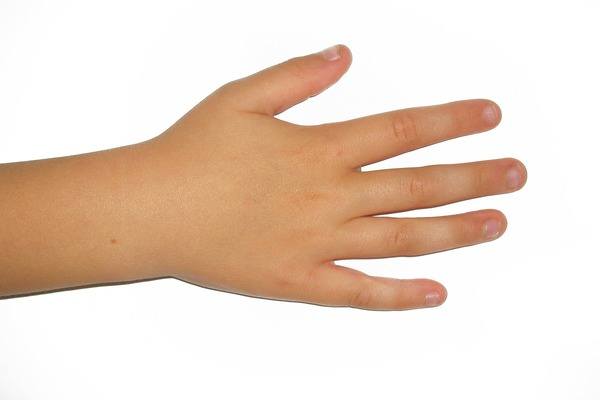
If your fingernails are soft and can hold a drop of liquid like a spoon, you could have either too much or too little iron. You may also see spoon nails after chemotherapy or radiation therapy, exposure to petroleum, or nail trauma. They may also be genetic or seen in people who live at high altitudes.
However, it is also associated with malnutrition, diabetes, heart disease, vitamin B deficiency and other illnesses. It’s worth having yourself checked out if they develop with no trauma or family history.
6. Puffy Nail Fold
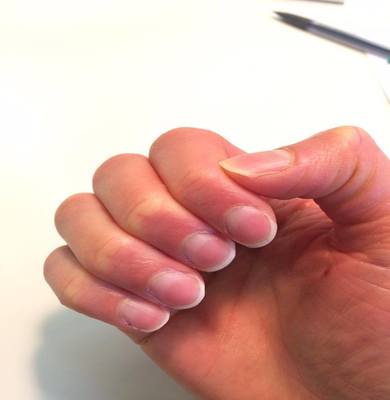
Puffy red skin around the fingernail can be an infection. Try soaking your hands or feet in Epsom salts and warm water a few times. If the redness doesn’t clear up, you may want to see a doctor. The infection can be bacterial or caused by a yeast infection.
Puffy skin can come from manual labor or excessive dishwashing. However, it can be a sign of a connective tissue disorder like lupus.
7. Dark Lines Beneath the Nail

Dark lines running from bed to tip can range from genetic to very dangerous. These are common in people of African descent, especially after age 20, and not dangerous. If you’ve had some sort of trauma near your fingernail, you can develop a dark line that eventually grows out. Some medications like chemotherapy drugs or beta blockers can cause lines.
Dark lines can also signal very serious conditions including HIV, lupus, and gastrointestinal polyps. They can also be a sign of melanoma.
Conclusion
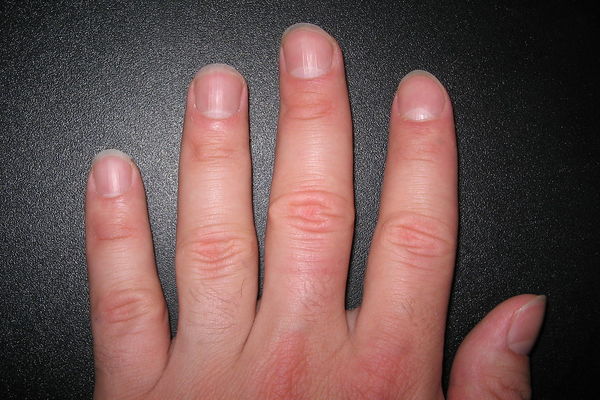
Since you are probably checking out your nails right now, take stock of the colors, shape and quality of your nails. Press gently on the tip and release. The pink should return immediately – it’s a quick way to check your circulation under a bandage or cast. If it doesn’t, loosen the bandage or call your doctor about the cast.
There are a lot of reasons for your nails to look odd. However, consistently odd-looking nails without trauma can be cause for concern. Your nails might be your first indication that you have a serious medical condition. It could be worth your time and money to have your doctor take a look. A nail check might just save your life!

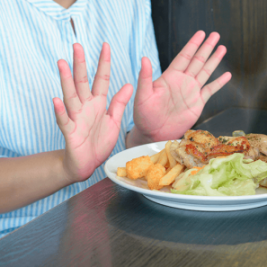

Comments